Pure Breed Cats
Most people research breeds of dogs when thinking about getting a dog, but barely anybody thinks about pure breed cats when selecting a family pet. The most commonly chosen pure breed cats are Persians and Siamese, with the Rex family closing in because of their allergy friendly disposition.
When choosing a pure breed you should inquire with the breeder as to the animal’s nature and predisposition to diseases. This information will let you know about the potential compatibility and possible health issues with the cat you choose. Here are some uncommon breeds to consider if you’re a cat person or think you might be.
Large Domestic Breeds
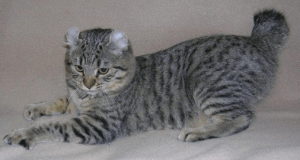 Highlander
Highlander
Highlander cats are bred to look like the Highland Lynx, but no worries, there is no wild cat genes in these animals. Highlanders are extremely loving, gentle and playful. Highlanders love attention and playing, their playful nature helps to give them a muscular looking body.
Highlanders ears can be curled or or not, and the tail may be bobbed or long. The feet of a Highlander may be normal or polydactyl, meaning there are more toes than normal on the foot. The Highlander can grow to weigh between 12-20 lbs, and these cats don’t reach maturity until 3-4 years old. Highlanders can have long or short hair and come in a variety of colors.
Like dogs, the Highlander breeds can be trained to perform tricks, walk on leashes and get along well with children and other dogs and cats.
Maine Coon
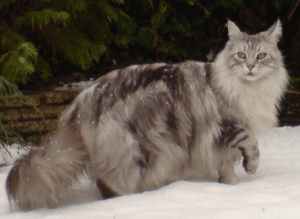 These are native to North America and have been bred in the last century to be household pets. Maine Coons are known to be friendly, outgoing, playful–but not hyper, smart, and easily trained. Maine Coons are people oriented, they usually do well even with young children and dogs. They’re also known for the odd, almost chirping sound they make.
These are native to North America and have been bred in the last century to be household pets. Maine Coons are known to be friendly, outgoing, playful–but not hyper, smart, and easily trained. Maine Coons are people oriented, they usually do well even with young children and dogs. They’re also known for the odd, almost chirping sound they make.
Maine Coons have longish hair and tufted ears.This breed can grow to be as large as 20lbs.Maine Coon’s come in a wide variety of colours including Brown, Red, Cream, Silver, Blue, Smoke, Black, White and dilutions of all these colours. They also come in different patterns like Tabby, Tortie, Torbie, Mackerel, Patch, Solid. These colours and patterns can be either with or without White. Eye colour also varies but green is most common with the occasional gold and odd eye colour sometimes showing up.
These cats are intelligent and can be trained to walk on a leash, and uncharacterstic of cats, this breed loves water, don’t be surprised to find this cat trying to get in the tub with you.
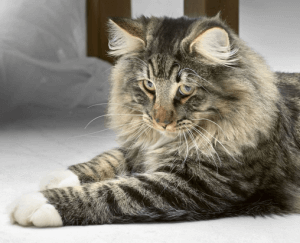 Norwegian Forest Cat
Norwegian Forest Cat
Norwegian Forest Cats have a triangular face with a straight profile nose. Their feet and ears have long tuts of hair and they hold their long fluffy tail up as if it were a beacon of light from a lighthouse. Because of their long hair they do require some grooming, but not as much as other long haired cats.
Norwegian Forest Cats love company and are excellent companions for children and other pets. They are inquisitive and and patient, and can be trained to do simple tricks. One thing that is an absolute necessity if you own a Norwegian Forest cat is some kind of climbing device. They have a strong natural instinct to be up high to survey their home. A climbing tree is perfect, these cats will spend endless amounts of energy going up and down doing all they can to impress you with their athletic abilities.
When deciding on any pet it’s best to research that pet so you know what kind of care is needed and if the needs of the animal fit into your lifestyle. Most cats are independent, but there are those that like companionship as well, so always make sure that you give love and affection to an animal that needs it, and have someone looking after it when you can’t.






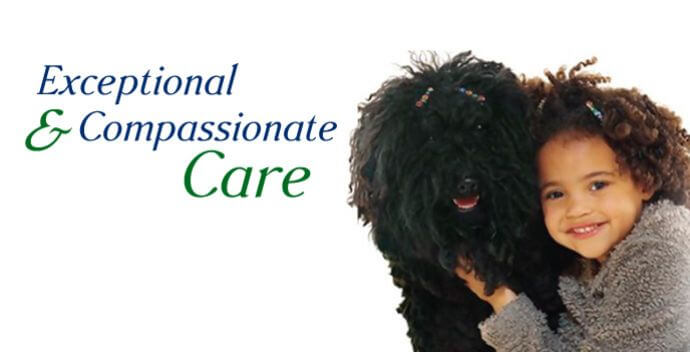



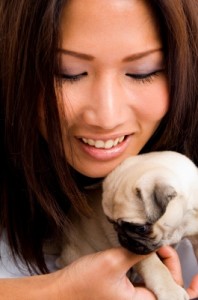

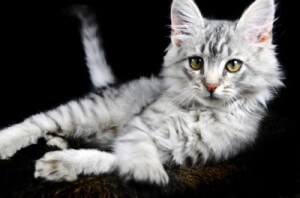
 Website Created by TCP Global Solutions
Website Created by TCP Global Solutions